Wall art, a universal mode of expression, has manifested itself across various cultures and through numerous eras, continually evolving and adapting alongside humanity. From the primitive cave paintings of ancient civilizations to dynamic 3D murals in the urban heart of contemporary cities, wall art reflects the multifaceted essence of human creativity and emotion. As we explore its rich history, dive into various styles and forms, delve into its impact and significance, examine its new dimensions in the digital age, and even scrutinize some basic guides on creating our own wall art, we unwrap an artistic tapestry that eloquently narrates the cyclical journey of mankind.
History and Evolution of Wall Art
Prehistoric Beginnings of Wall Art
Wall art had its origination in the prehistoric era with cave paintings. The earliest known pieces of this type of wall art date back over 40,000 years, in the Paleolithic Age, and were found in present-day Indonesia. These primitive works of art functioned as a medium of communication and storytelling. They often depicted scenes of hunting, ritualistic practices, and everyday life, providing an invaluable glimpse into early human civilization. The prehistoric artists used natural pigments and their hands or basic tools to create these works.
Wall Art in Ancient Civilizations
As human civilization progressed, wall art became a significant aspect of various cultures. In ancient Egypt, wall murals in tombs and temples depicted stories of gods, journeys to the afterlife, and daily life, all aimed at ensuring the immortality of the deceased. While Egyptian art took on a formal, stylized aesthetic, ancient Greek wall painting leaned more towards realism. The Romans also included murals in their architectural designs, often portraying elaborate landscapes, mythological creatures, and scenes from daily life in vivid colors.
Medieval and Renaissance Wall Art
The Middle Ages saw wall art used primarily for religious purposes. Romanesque and Gothic frescoes adorned the walls of churches and monasteries throughout Europe, telling biblical stories and teaching Christian values to a largely illiterate population. The Renaissance period brought a refreshed interest in humanist ideals, which was reflected in wall art. Artists like Michelangelo and Leonardo Da Vinci revolutionized wall painting, elevating it to new heights of technical sophistication and emotional depth. Michelangelo’s Sistine Ceiling and Da Vinci’s “The Last Supper” are two iconic examples from this period.
Wall Art in Eastern Cultures
In Asia, wall art took a different course. Indian frescoes in caves and temples often depicted Hindu gods, Buddhist teachings, and elaborate scenes from various epics. In China and Japan, the tradition of wall painting was closely tied to architectural design and was heavily influenced by Buddhist, Taoist, and Confucian philosophies.
Contemporary Wall Art and Graffiti
The 20th century introduced graffiti and street art, a type of modern wall art displaying social and political messages. Artists such as Banksy employ buildings’ walls as their canvas, conveying powerful messages through visually striking designs. This style of wall art, though controversial and often seen as vandalism, has gained recognition in the art world for its raw creativity and social commentary.
Evolution of Techniques
The techniques used in wall art have evolved significantly over the centuries. Early artists used rudimentary tools and natural pigments mixed with binding agents like animal fat or egg. The development of fresco techniques in ancient and medieval times allowed more complex and durable wall art. In modern wall art, artists use both traditional materials such as paint and brushes and unconventional methods like stencils, spray paint, and digital tools.
The Role of Wall Art in Contemporary Society
Wall art, in the modern context, has evolved beyond its traditional roles of decoration or spiritual sanctification. It now serves as a platform for artistic expression, for both the artist and the society they inhabit. The powerful narratives it encapsulates can ignite conversations and shed light on diverse facets of human culture. Present in public spaces, museums, private homes, and commercial establishments alike, wall art is an ever-evolving form of self-expression, encapsulating the zeitgeist of its period.
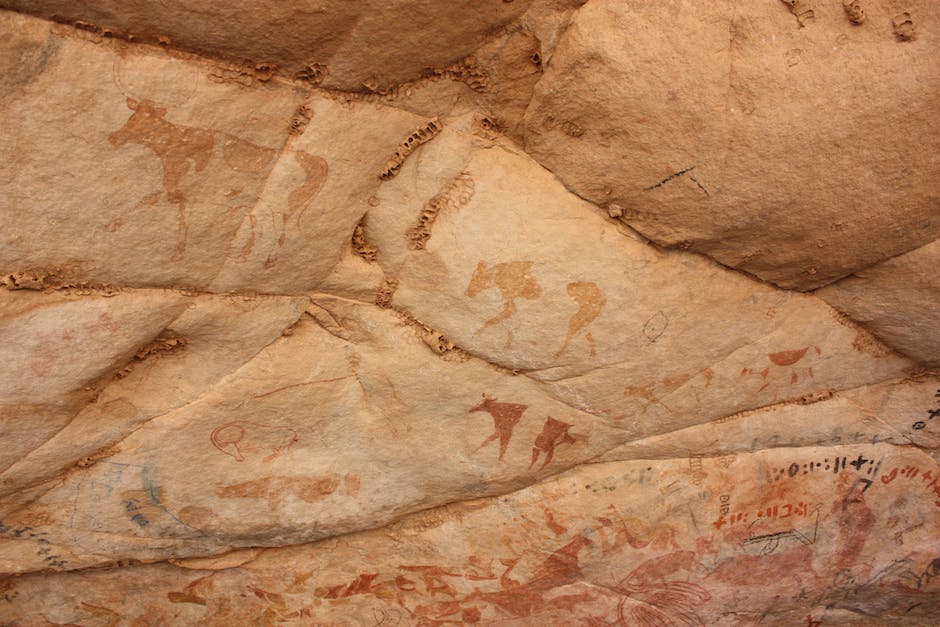
Different Styles and Forms of Wall Art
Unraveling the Complexity of Wall Art
Defined as artwork executed directly on a wall or integrated into its surface, wall art provides a unique channel for artistic interaction with architectural elements. It surpasses the boundaries of indoor galleries, expanding onto external surfaces, thus dissolving into everyday life. The range of wall art is vast, spanning from primitive cave paintings to the vibrant graffiti and street art that color modern urban landscapes.
Different Forms of Wall Art
Wall art takes on numerous forms. Murals, large-scale paintings executed directly on walls, boast an extensive history tracing back to Egyptian tombs, ancient Roman homes to the iconic Mexican muralism in the 20th century.
Graffiti, often known for its controversial status as art or vandalism, is another form of wall art. It utilizes spray paint and markers to create expressive designs, often imbued with social or cultural commentary.
Sticker art, sometimes referred to as “slap-tagging,” involves creating an artwork on a sticker, which is then affixed to public places. Similarly, stencil art uses cut-outs to trace designs or images onto walls, a technique often linked with graffiti and street art.
Mosaic art, a time-honored practice dating back to ancient times, produces patterns or images on walls using tiny pieces of colored glass, stone, or ceramics.
3D wall art, on the other hand, is a relatively newer form of artistic expression. It incorporates depth and dimensionality into the design, creating captivating illusions or interactive experiences.
Styles in Wall Art
Just as it takes on varied forms, wall art also embraces multiple styles. Abstract wall art, for instance, does not attempt to represent an accurate depiction of visual reality. On the other hand, Realism in wall art represents subjects truthfully, avoiding exaggeration or idealization.
Impressionism, traditionally associated with late 19th-century painting, pertains to capturing the sensory effects or ‘impressions’ of a scene, employing short, quick brushstrokes and bright, unmixed colors.
Cultural Significance of Wall Art
Wall art is often as much a reflection of culture and society as it is of individual expression. Particularly in its graffiti and mural iterations, it communicates ideas about politics, protest, beauty, and identity. From the Berlin Wall to the murals in Northern Ireland, it has storied applications in reflecting social unrest and advocating for change.
Wall Art as a Creative Outlet
Wall art is not just a worldwide phenomenon; it’s also a medium that many individuals turn to at home. Personal wall art projects can range from painting a mural on a child’s bedroom wall or creating an abstract collage for a living room. Whether purchased from an artist or made by hand, wall art serves as a creative outlet while also enhancing the aesthetic appeal of spaces.
Delving into the range of forms and styles of wall art can greatly enhance one’s understanding and appreciation of this omnipresent, yet sometimes overlooked form of art. As a rare meld of architectural elements, intriguing design, and established artistic principles, wall art occupies a unique position within the artistic and visual expression landscape.
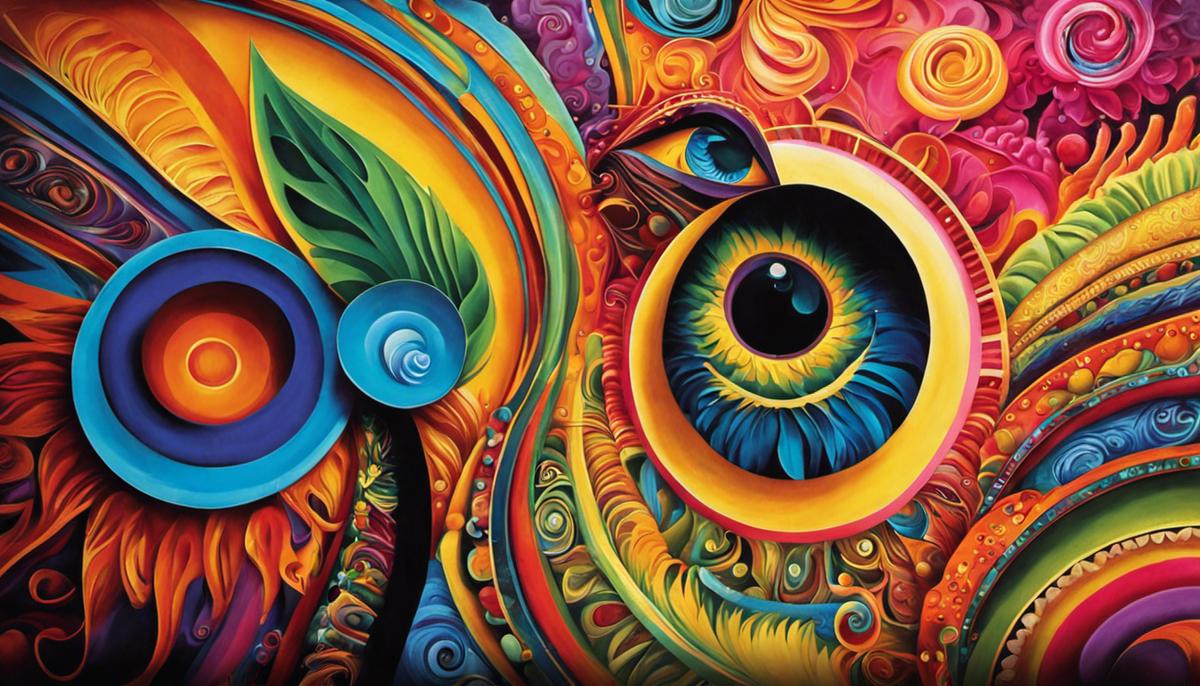
Significance and Impact of Wall Art
The Influential Role of Wall Art in Public and Personal Spaces
Unveiling its true value, wall art in society operates as a remarkable bridge between key aesthetic qualities and inherent functionality. It takes on the role of bedecking any given space while emulating a clear message. In a broader societal context, wall art frequently metamorphoses into a public voice, echoing the cultural, political, and social nuances of its time and environment. Through forms such as graffitis, murals and street art, it often provides a platform to the voiceless, or throws light onto social realities, thereby making our public spaces lively and participative, while encouraging discourses among the viewers.
Shifting the focus to private spaces, wall art facilitates in setting a specific ambience, mirroring the preferences, convictions, or hobbies of the occupants. This converts into a personal mode of self-expression that aids in giving the space a comfortable, invigorating, or balanced feel. A piece of wall art, be it a classically framed painting, a modern print, or a personal photograph, imparts the room with a unique feature and a personal touch.
Symbolic Meanings of Wall Art
Wall art often carries deep symbolic meanings and messages. It has the power to embody complex ideas, evoke emotional responses, and stimulate intellectual thought. For example, an abstract painting might represent the chaotic nature of the human psyche, a landscape image could invite viewers to contemplate the beauty and fragility of nature, or a graffiti piece might challenge established norms and ignite discussions about social reform.
Moreover, the symbolic meanings are not just confined to the artwork itself, but also involve how viewers interpret them. The dynamic relationship between the viewer and the artwork, shaped by individual experiences, feelings, and views, contributes to the multitude of meanings that wall art can encompass.
Power of Wall Art to Express and Communicate
Wall art is a powerful form of non-verbal communication that transcends cultural and linguistic barriers. An impactful piece of wall art can be a universal language expressing feelings, ideas, or viewpoints that may be difficult to express in words. Indeed, wall art in all its forms – from the grandeur of a massive mural to the intimacy of a personal photograph – has the potential to provoke thought, elicit emotion, invite understanding, or challenge perspectives.
Furthermore, wall art offers a way for artists to communicate with their audience directly. Through their works, artists can share their personal perceptions, reflect on social issues, celebrate beauty, and even invite viewers into their internal world.
Wall art persists as an essential, energetic, and vibrant means of cultural expression and communication across the globe.
Its influence stretches beyond simple aesthetic appeal, touching upon societal commentary, personal brand elevation, and the inception of stimulating discussions.
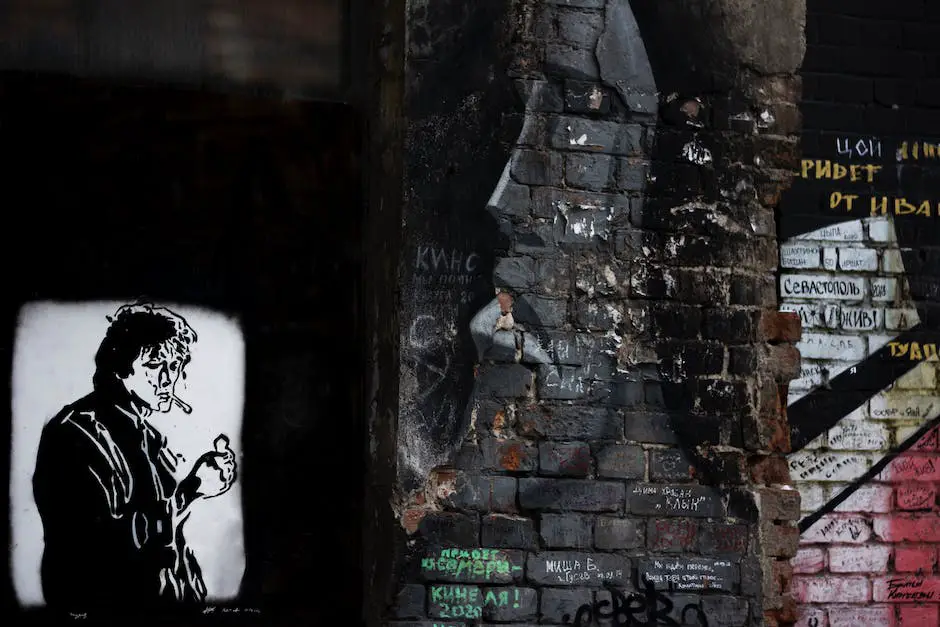
Wall Art in the Digital Age
Technological Evolution within Wall Art
The proliferation of modern technology has brought a sweeping change in all areas of life, and the realm of art stands as no exception. Particularly, wall art has seen profound innovation with the infusion of cutting-edge technology. The groundbreaking integration of tech tools has brought forth a renewed perspective on wall art, enabling the creation of dynamic, engaging art experiences. The merge of technology and conventional artistry has paved the way for digital wall art, intricate art installations, and an immersion into artworks through virtual reality.
Digital Wall Art and Installations
Digitalization has allowed artists to push boundaries and explore new mediums in wall art. Digital wall art, for example, uses projection technologies, LED lights, and electronic screens to create continually changing displays. These pieces are customizable, highly engaging, and can incorporate an infinite variety of shapes, colors, and themes. For instance, the works of Rafael Lozano-Hemmer and Jim Campbell showcase how technology can transform public spaces into living art installations.
Art installations also show how wall art has evolved from flat, static pieces into immersive, engaging experiences. Modern installations can use sound, light, and even the viewer’s movement to change and react, creating a continually evolving piece. Events such as Burning Man or art exhibits like the Museum of Modern Art’s Rain Room exhibit have made use of creative technology integration in wall art installations.
Virtual Reality in Wall Art
Virtual Reality (VR) is another technology that’s lending a unique dimension to wall art. Through VR, artists can create multidimensional pieces that viewers can not only observe but also interact with. It is used primarily for creating immersive experiences where viewers can “step into” the artwork, experiencing it from multiple angles and perspectives.
Not only does VR make art more accessible by enabling people to experience art from their own homes, but it also presents a new medium for artists to work with. Artists such as Cao Fei and Bjorn Melhus have used this technology to create unprecedented works that take viewers on imaginative, out-of-this-world journeys.
AI-created Art
AI-created art is another emerging field, with the first AI-created artwork sold at Christie’s in 2018 for a little under $500,000. Algorithms and machine learning facilitate the creation of digital and physical wall art pieces, often with stunning and unpredictable results.
Influence of Technology on Wall Art
Technological advancements in wall art have had a significant impact on both artists and audiences. Artists now have access to an expanded range of tools and techniques, pushing the boundaries of creativity. They are no longer bound by physical constraints, and art no longer needs to be a static, one-dimensional experience.
For audiences, technology has democratized art, making it more accessible. With digitized artworks and Virtual reality experiences, people can enjoy and interact with art in unprecedented ways. The viewer is no longer a passive observer but an integral part of the artwork itself.
Furthermore, the digital tools used to create wall art can also be used to preserve and restore traditional artworks. High-resolution photography and 3D mapping can be used to accurately document pieces, and digital restoration techniques can help bring aging artworks back to life.
Overview
It is undeniable that technology has significantly revolutionized the realm of wall art. The seamless integration of art and science has paved the way for an enthralling new era in the wall art industry, leading to the development of engaging, dynamic, and unique artistic experiences that have captivated viewers across the globe.

Do-It-Yourself Wall Art
If you’re inspired to create your own wall art, there are certain key materials you’ll need to get started. The first consideration is the medium or surface where the art will take shape – options abound from canvas, wood, fabric, to wall mural paper. Your choice will be influenced by your individual style and the type of artwork you envision to create.
Following that, either paints or markers will be an essential part of your toolkit. Acrylic paints are a popular choice due to their versatility, swift drying time, and the plethora of colors available. For finer details or outlining, markers could prove invaluable.
Further supplies may encompass paintbrushes, palette knives, stencils, and even unconventional tools like sponges and toothbrushes, which can be utilized to introduce uncommon textures and designs. Importantly, don’t overlook setting up a drop cloth or old sheets to safeguard your space from potential paint drops and splashes!
There are numerous techniques that can be used when creating your own wall art. If you’re a beginner, you might start with something simple like stenciling. This involves using a pre-cut template to create a repeating pattern or image. You simply apply paint over the stencil and remove it to reveal the design.
If you’re feeling a bit more adventurous, you could try your hand at an abstract piece. There’s no right or wrong way to do this, it’s all about expressing your creativity and making something that you find visually pleasing. You might use large, expressive brush strokes or layer different colors of paint to create depth and interest.
Another interesting technique is texture painting, which involves creating a three-dimensional surface on the artwork. This is typically done with a thick paint, like oil or acrylic, and tools like palette knives or brushes.
If you’re artistic, you could also attempt a mural or a detailed illustration. These require a bit more skill and planning but can be incredibly rewarding to see completed.
Starting with a simple project can be a good way to get accustomed to your materials and build confidence. One idea is to create a series of monochromatic paintings. Choose a color you love and create several pieces in varying shades of that color. These can be hung together for a cohesive and eye-catching display.
Another idea is to use stencils to create a geometric pattern. This could be as simple as painting a series of triangles or circles in different colors, or you could create a more complex pattern like a herringbone or chevron motif.
If you’re looking to add some texture to your walls, why not create a collage? You could use a series of photos, magazine cutouts, or even pieces of fabric to create a layered and dimensional work of art.
Lastly, don’t forget the charm of a simple line drawing. Simple shapes, wavy lines or even a silhouette of something you love like a plant or animal, can make for striking and beautiful wall art.
Remember, the most important part of creating your own wall art is to have fun and let your creativity shine! Enjoy the process and don’t be afraid to try something new.
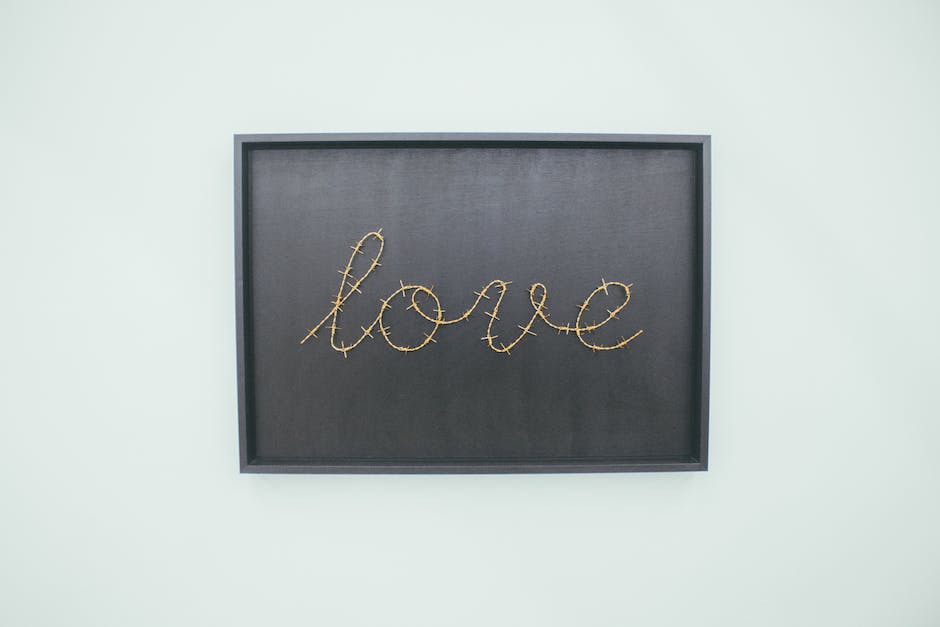
As we venture from the past, through the present and into the future of wall art, it becomes evident that this form of expressionism is as transformative as it is permanent in the tapestry of human culture. It has given voices to societies, transcended personal and political boundaries, brought life to mere structures, and illuminated the mundane with meaning. More than just a visual spectacle, wall art has created a dialogue between the observer and the creator, fostering communication and understanding through its various forms. Through mastering simple techniques and exploring personal creativity, anyone can contribute to this timeless dialogue, paint their narrative, and leave their mark on the colossal canvas of time.

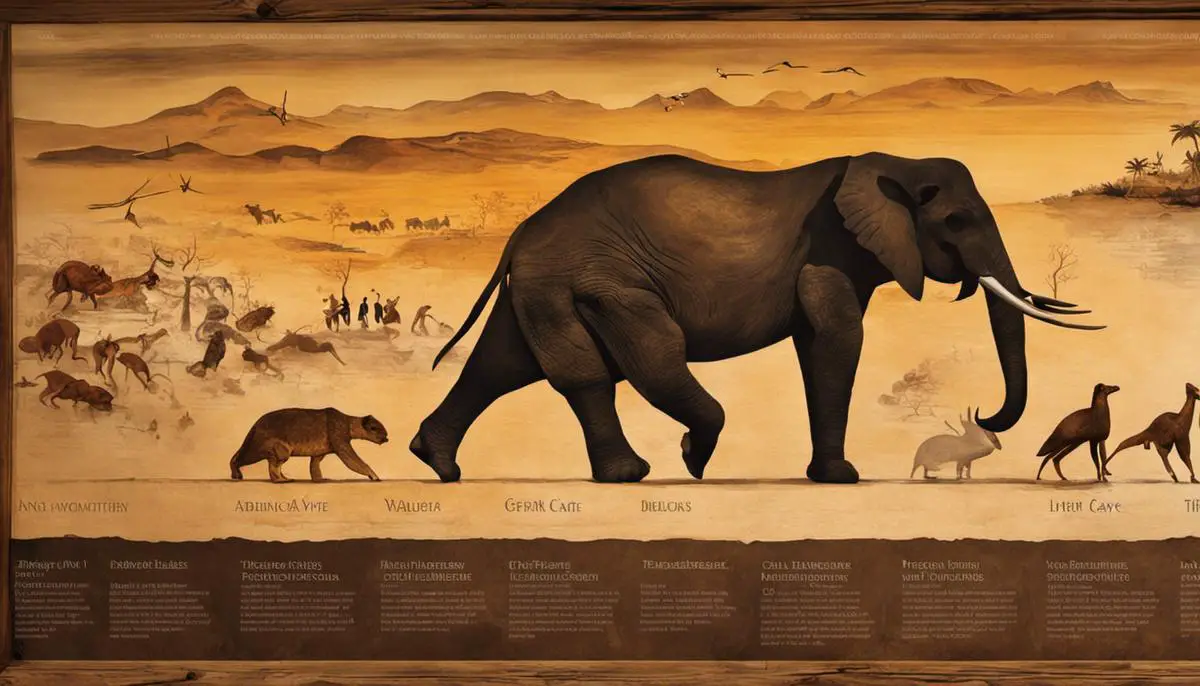
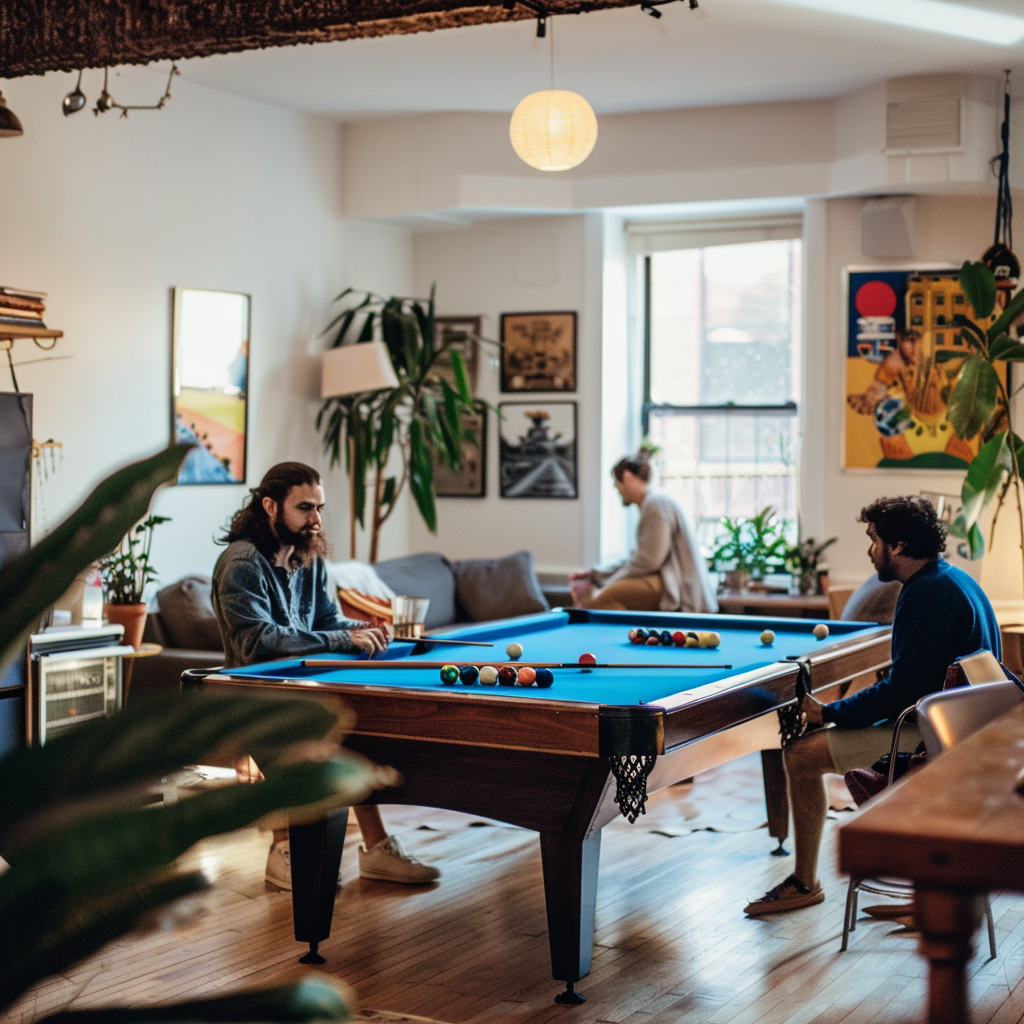
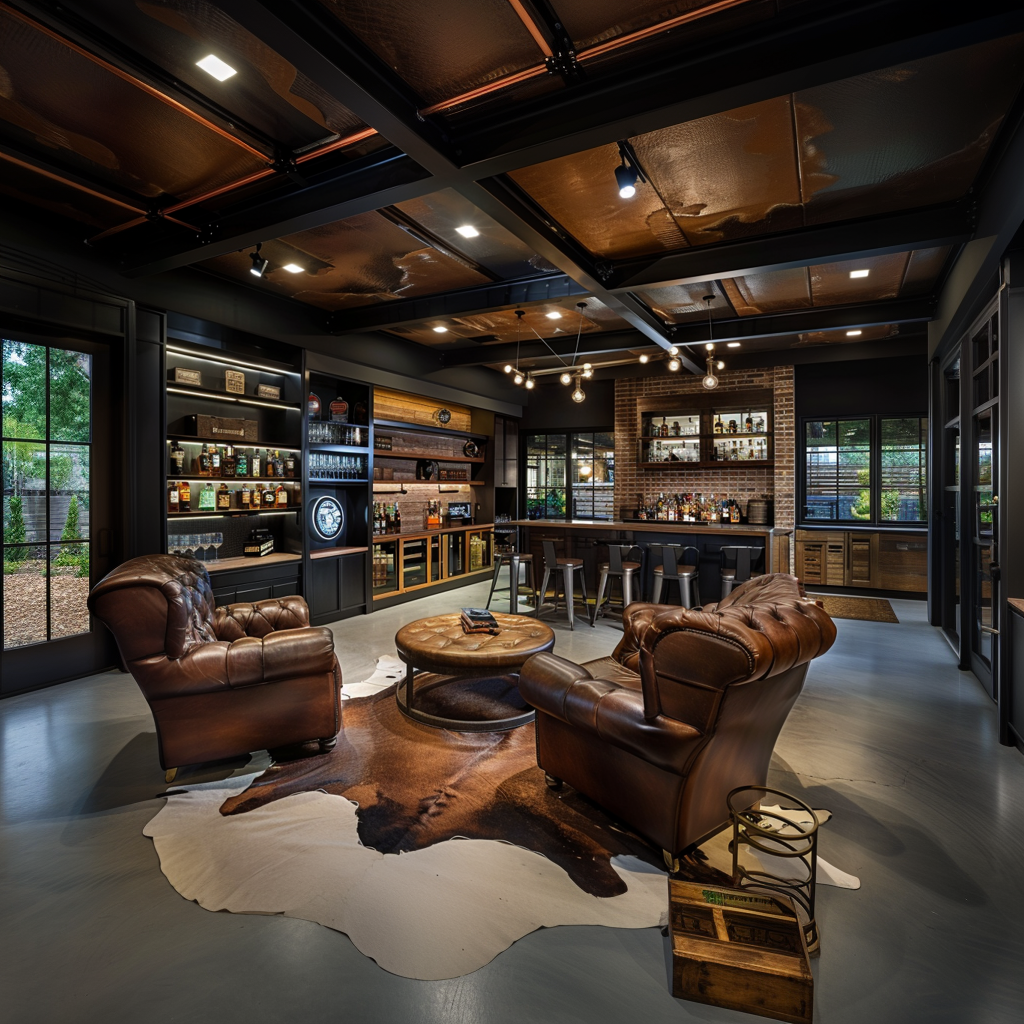
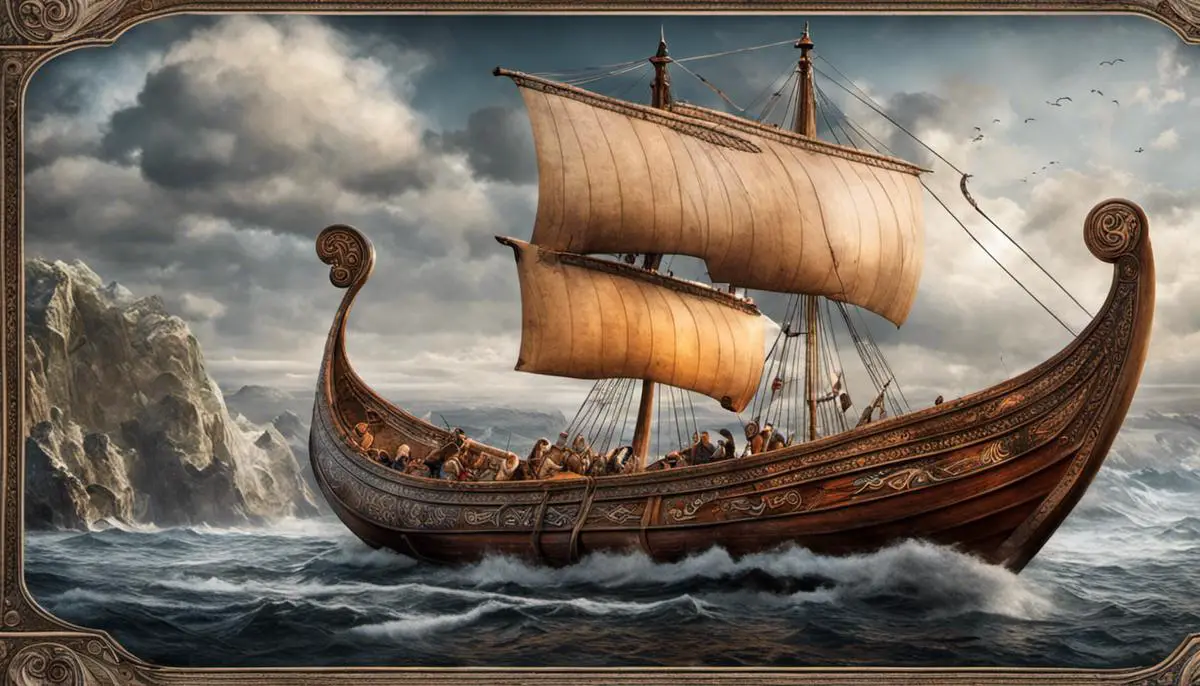
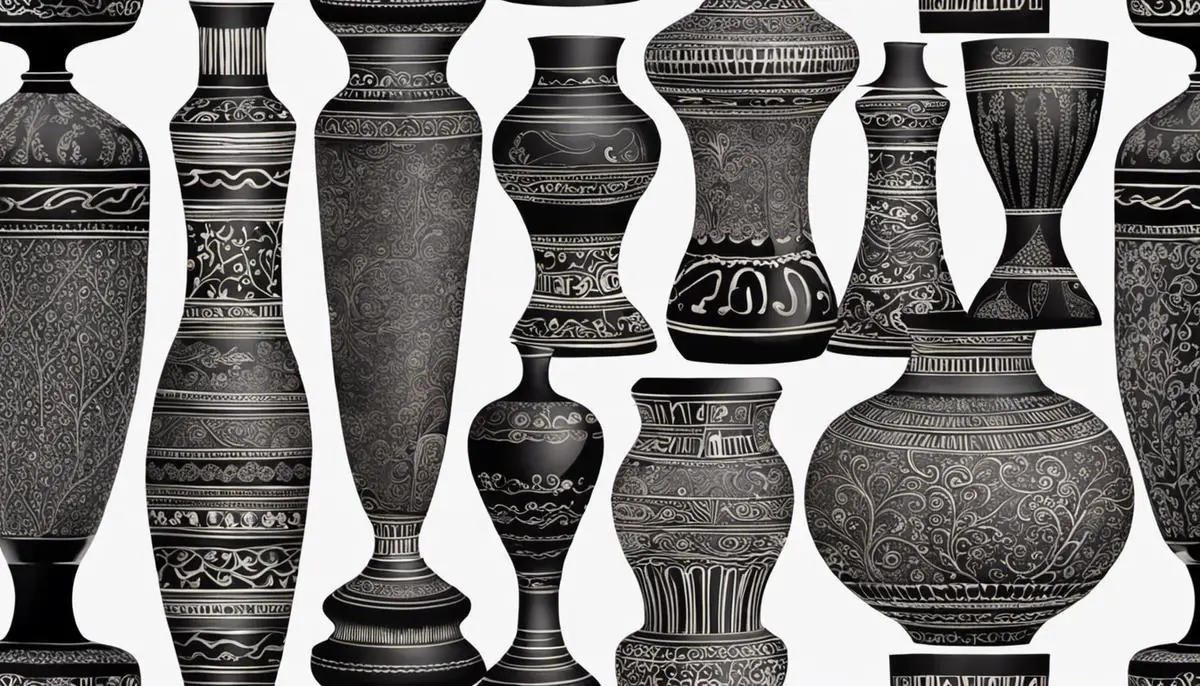
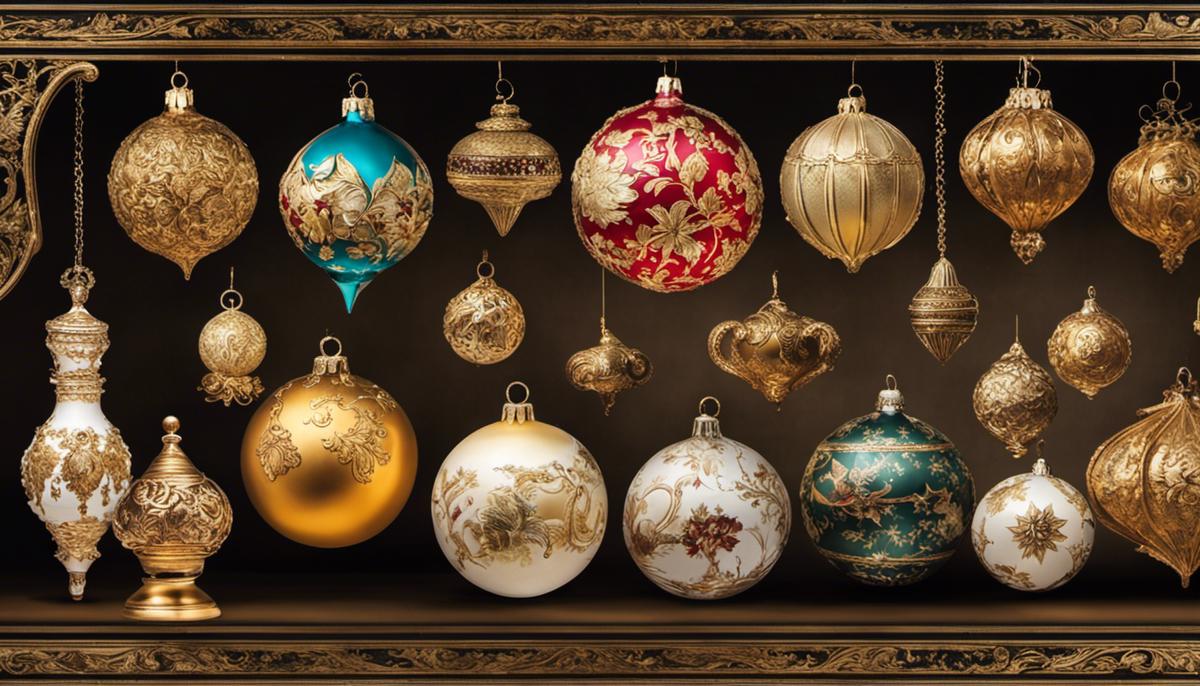
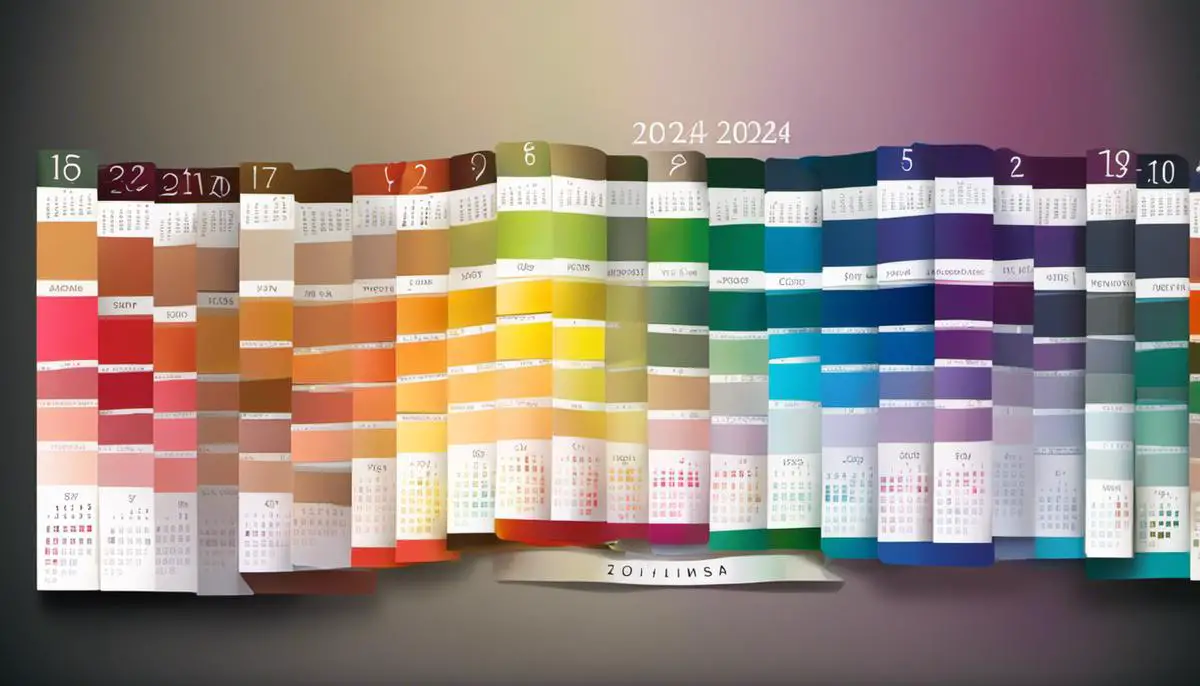

Leave a Reply